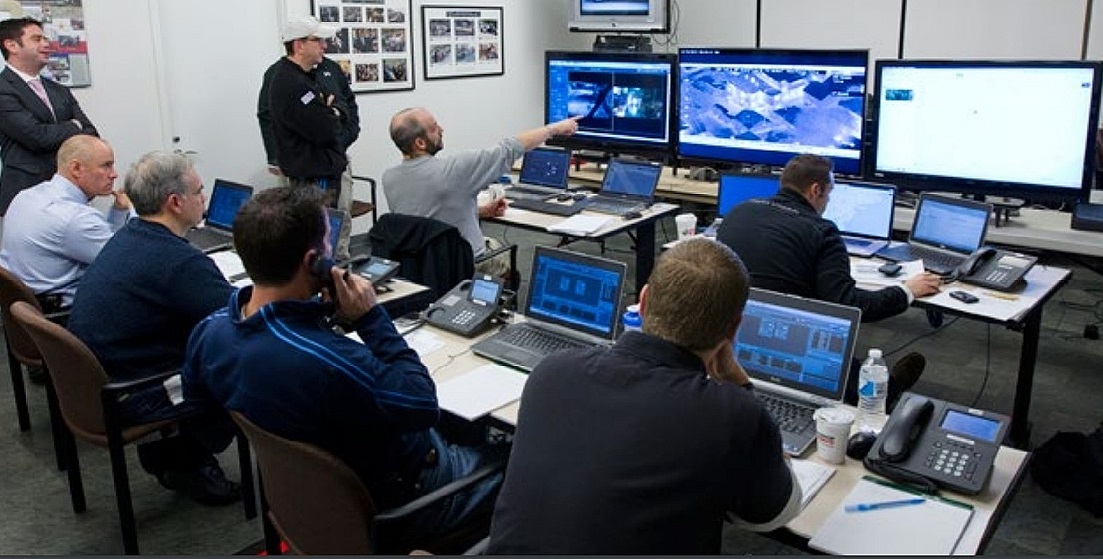This post is also available in:
 עברית (Hebrew)
עברית (Hebrew)
Tracking and locating people in a GPS-denied environment is a challenge. A new GPS-free tracking technology developed for security applications is now offered commercially for indoor and outdoor positioning. The patented 2D and 3D tracking technology developed by Ubihere provides real-time asset location and information without GPS, making it an alternative for GPS-denied environments. Could this technology be also applied for locating Coronavirus patients?
The technology was invented by geoinformatics professor Alper Yilmaz of The Ohio State University (OSU), who researched how to geolocate undercover officers based on motion video information, as well as astronauts on spacewalks. The company was launched after OSU urged him to commercialize his technology.
The startup is now exploring potential applications of its GPS-free tracking technology. While initially focusing on beta tests in hospital and retail environments, the company also has three projects with the U.S. Department of Defense.
The patented system is based on anonymous video analysis positioning technology, coupled with tag technology and advanced machine learning analytics. The system’s tags, cameras, and software track assets to the centimeter. The assets are monitored through an anonymous video feed or the tags themselves, which are about the size of a credit card, and non-RFID, according to gpsworld.com.
The map for indoor environments can be generated from a building information model (BIM). Based on the building’s architecture, movement is tracked. In milliseconds it can hone in on an exact location within a centimeter.
The location data is transmitted to a server or the cloud, depending on the customer’s preference. It is then loaded into dashboards that can be accessed from any device the client requests.
If a tagged object leaves a building, it will continue to be tracked with or without GPS. If the object stays within the building, it will never use GPS. Using GPS shortens the battery life, which ranges from 18 to 24 months. Battery life is also affected by the number of floors, temperature and usage.
The tag offers a way to calibrate location in places such as hospitals. With a blueprint loaded into the software, the system knows whether a (tagged) certain supply unit went down the hall, turned left or right, entered an elevator, or was left in a patient’s room.
The cameras can be installed in locations such as retail stores, enabling Ubihere to anonymously track a customer’s journey. Customer behavior can be tracked automatically in real-time with Google Analytics and other SEO tools.
Other possible uses include factories and emergency-response teams.
Ubihere’s machine-based algorithms can learn locations based on various types of sensors.
It would be interesting to know whether this tracking technology would play a role in the current global coronavirus crisis.
Interested in learning more about GPS-free tracking technologies? Attend i-HLS’ InnoTech Expo in Tel Aviv – Israel’s largest innovation, HLS, and cyber technologies expo – on November 18-19, 2020 at Expo Tel Aviv, Pavilion 2.


























